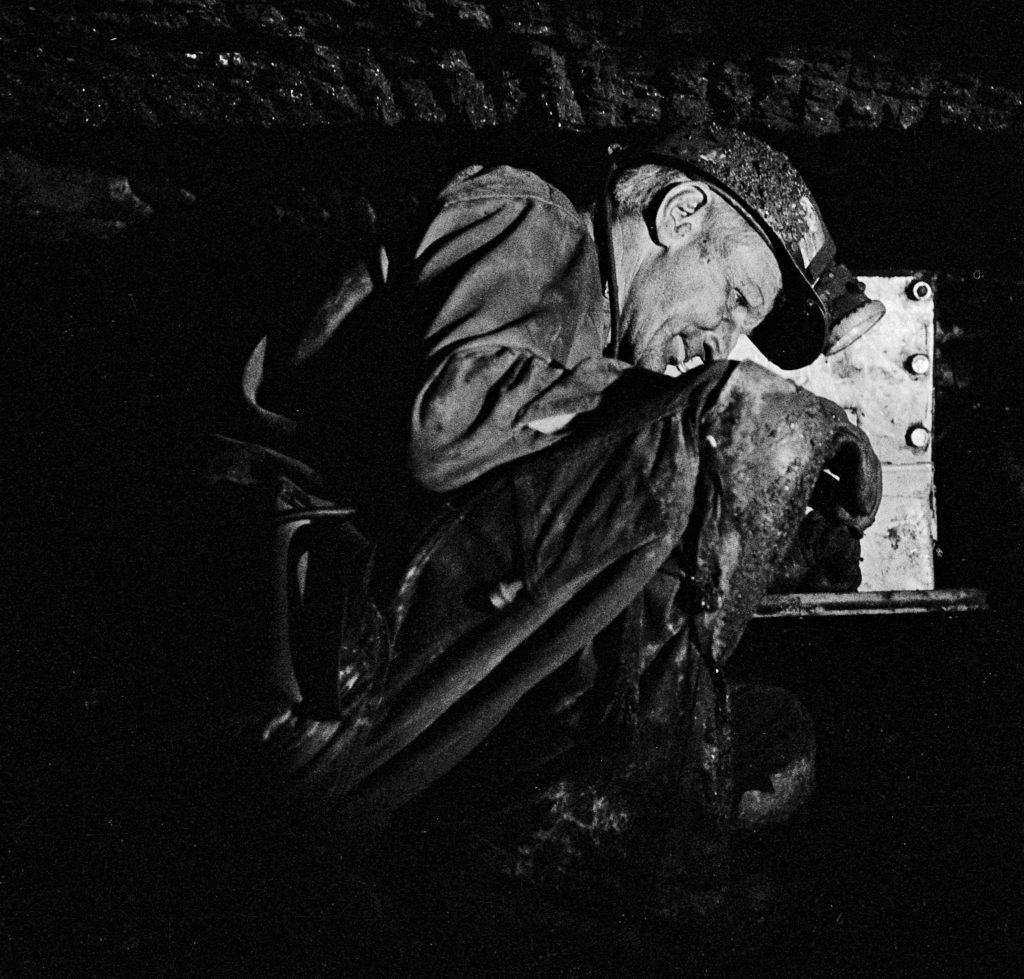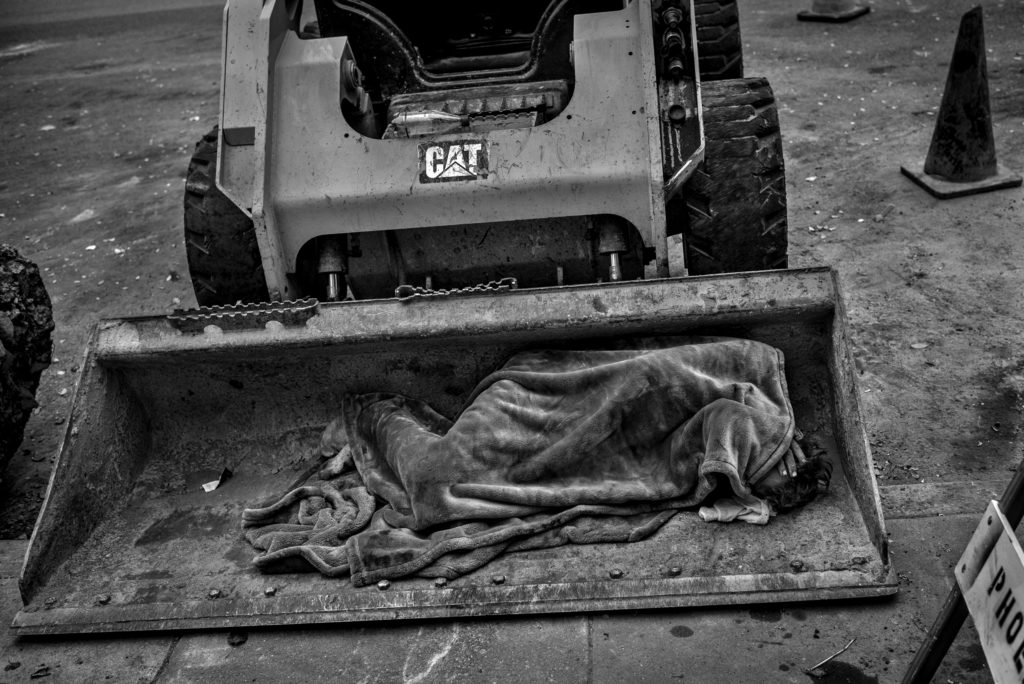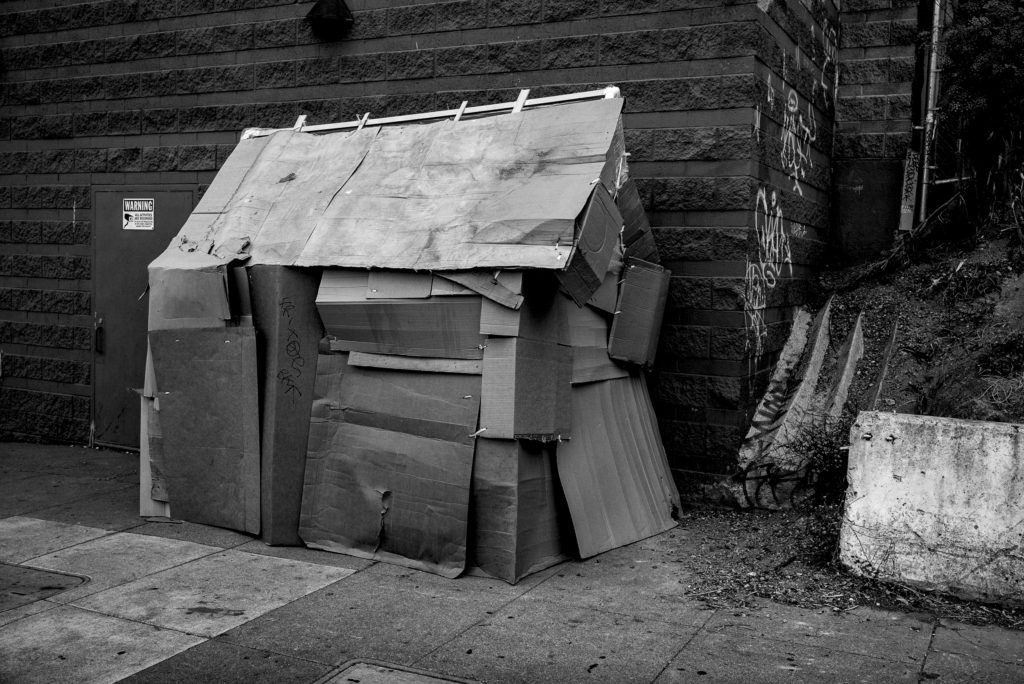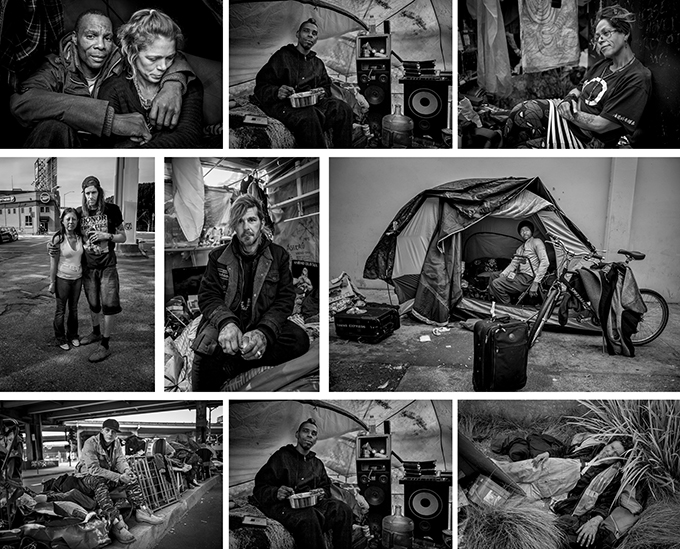“Dark was the Night, Cold was the Ground” – Division Street
By Martin Colyer
In 1977 Carl Sagan and his team chose blues musician Blind Willie Johnson’s 1927 song, “Dark was the Night, Cold was the Ground”, to go on the Voyager probe being sent into deep space in the hope that it would explain Earth to other life forms in the universe. It was included, according to Sagan, because “Johnson’s song concerns a situation he faced many times: nightfall with no place to sleep. Since humans appeared on Earth, the shroud of night has yet to fall without touching a man or woman in the same plight.”
On the title page of his new book on San Francisco’s unhoused, Division Street, photographer Robert Gumpert includes the song’s title as a kind of marker, a reminder that even one of Earth’s richest societies cannot solve the issue of homelessness.
The aptly-named Division Street, Gumpert says, “dead-ends in the city’s famous tech development district, and it serves as a metaphor for the disparity between the wealthy few and the expendable many. It’s a story,” he continues, “of lives lived on hard streets, amidst staggering wealth and empty promises”. A long-time resident of the city, his eye sees the streets of San Francisco as a place far from the beautiful ‘city by the bay’ of popular imagination.
In an essay for Harper’s Magazine to accompany some of the Division Street pictures, cultural commentator Rebecca Solnit wrote: “Here is Mark Zuckerberg, the sixth-richest person in the world, in his house on the western edge of the historically Latino and working-class Mission District. Here is Division Street, where more than 250 housing-deprived people settled in tents in early 2016, seeking shelter from both the rain and the mayor’s sweeps of the homeless as he primped the city for Super Bowl visitors.”

Robert Gumpert has never taken the easy road. He started out in the Coal mines of Harlan County, and there found a way of working that gave him a focus as a photographer — illuminating the lives of the people who deal with the everyday, often hidden from public view or in the shadows, whether a farmworker in California’s orange groves, a cop on the midnight beat, a nurse at the end of an emergency ward shift, or a public defender in the court system.
He gained their trust by listening and empathising with their situations — how they had ended up incarcerated, or how they faced the challenges in their lives and work. In the county jails, he would trade a print of their portrait for a story. This became Take a Picture, Tell a Story, an exhibition in California in 2018.
For these long-form projects, fitted in between jobs for international newspapers and magazines, he honed a stark and intense visual style — he shot in saturated black and white, with an often-intimate closeness —and came away with photographs that absolutely demanded your attention.
His work with all these groups often had a textual element to it — part of his method was to talk to people to discover their stories and use them as powerful adjuncts to the photographs. He had once seen a three-volume series of books entirely made up of texts from newspapers and been inspired by it. He started to take notes of overheard conversations and photographed “street messages” written on lampposts or freeway columns and newspaper headlines.
This approach has reached a zenith with Division Street, a narrative told with all these tools supporting his powerful photography. The harsh studies of an unfeeling city alongside portraits of people on the street, in their tents or even, in one case, sleeping in the maw of a large digger, make up two-thirds of the book. But Division Street concludes with a more hopeful coda: in a section called Home, Gumpert has transcribed his subjects’ feelings and thoughts about what “home” means to them. The black-and-whites of people in tents and boxes are leavened with about a dozen colour portraits of families pictured against backdrops of Mexican and African fabrics in the supportive environment of Compass Family Services, an organization that helps find them homes. “The first part of the book represents how most people experience their fellow citizens who are unhoused in the city,“ says Gumpert, “and the second part is the way they should see these folks — as regular people telling their personal stories.”
Division Street is available from Dewi Lewis Publishing: In the U.S. In the United States for $49 (U.S.). Or £35 (UK) everywhere else.
…
This review first ran in Eye Magazine
Robert Gumpert is co-editor of the Stansbury Forum with Peter Olney



